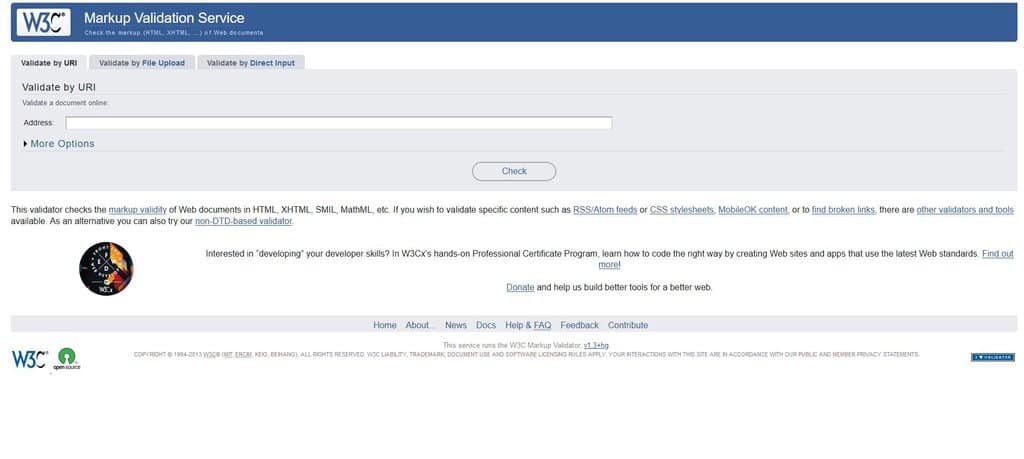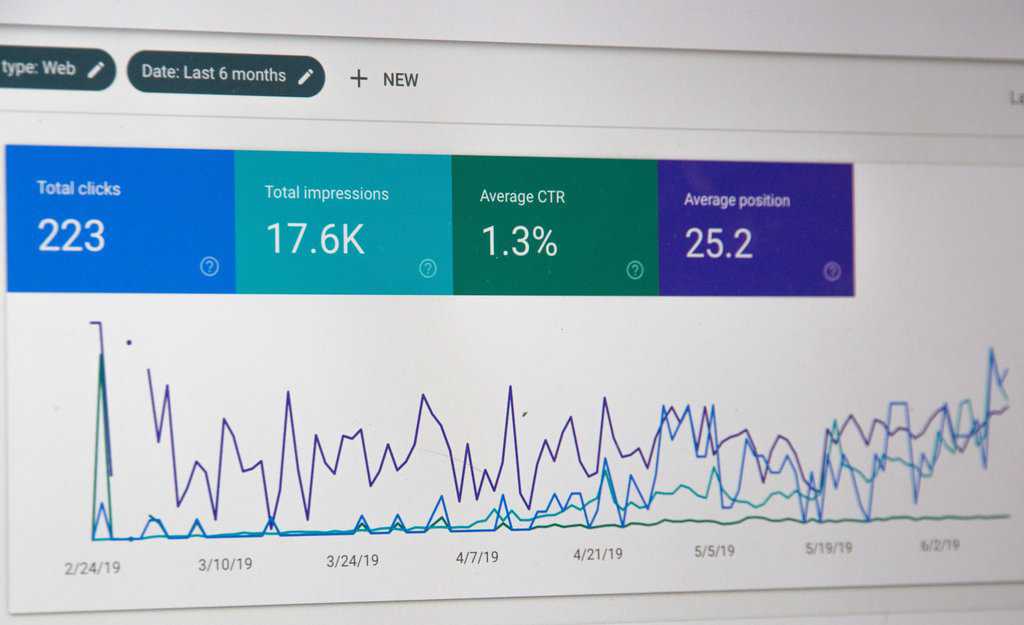In this article, we will discuss the importance of using the W3C Validator, how it works, and how it can help improve the quality and accessibility of your website. Whether you are a web developer, designer, or even a casual website builder, understanding the W3C Validator and how to use it is essential for creating high-quality, user-friendly websites.
What Is W3C Validator
The W3C Validator is a tool that checks the syntax of web pages written in HTML, XHTML, and other markup languages, against the standards set by the World Wide Web Consortium (W3C). It checks the page for compliance with the W3C’s Web Content Accessibility Guidelines, as well as other best practices for web development. The validator can be used to identify errors in a page’s code, such as missing closing tags or improperly nested elements, and can provide suggestions for how to fix them. This tool is useful for ensuring that a web page is accessible to as many users as possible and that it will display correctly across a wide range of web browsers and devices.

Why Does W3C Validator Matters For SEO
W3C validation can be important for SEO because search engines use web standards to determine how to index and rank a website. A website that follows web standards is more likely to be correctly indexed and have its pages ranked higher in search engine results. Additionally, a website that is accessible to all users, including those using assistive technologies, is more likely to be shared and linked to, which can also improve its search engine rankings. Additionally, W3C validation can also help identify technical issues on a website that can negatively impact SEO such as broken links, missing alt tags, and other issues, which can be fixed after validation. Therefore, using a W3C validator can help ensure that a website is optimized for both users and search engines, which can lead to better visibility and more traffic in search results.

Who Can Use W3C Validator
The W3C Validator is a tool that can be used by anyone who creates or maintains web pages. This includes web developers, designers, content creators, and anyone else who works with HTML, XHTML, or other web-related languages. It can be used to check the markup of a single web page or an entire website. It can be used by anyone regardless of their technical knowledge, as the tool provides clear and detailed feedback on any errors it finds, which can be used to make necessary changes.

In The End
In conclusion, using the W3C Validator is a valuable tool for ensuring that your website’s HTML and CSS code adheres to industry standards and is free of errors. By running your code through the validator, you can identify and fix any issues that may affect the appearance or functionality of your website. Additionally, validating your code can help to improve the accessibility and compatibility of your site across different browsers and devices. Overall, using the W3C Validator is a best practice for any website development project and can help to ensure that your site is as high-quality and user-friendly as possible.
